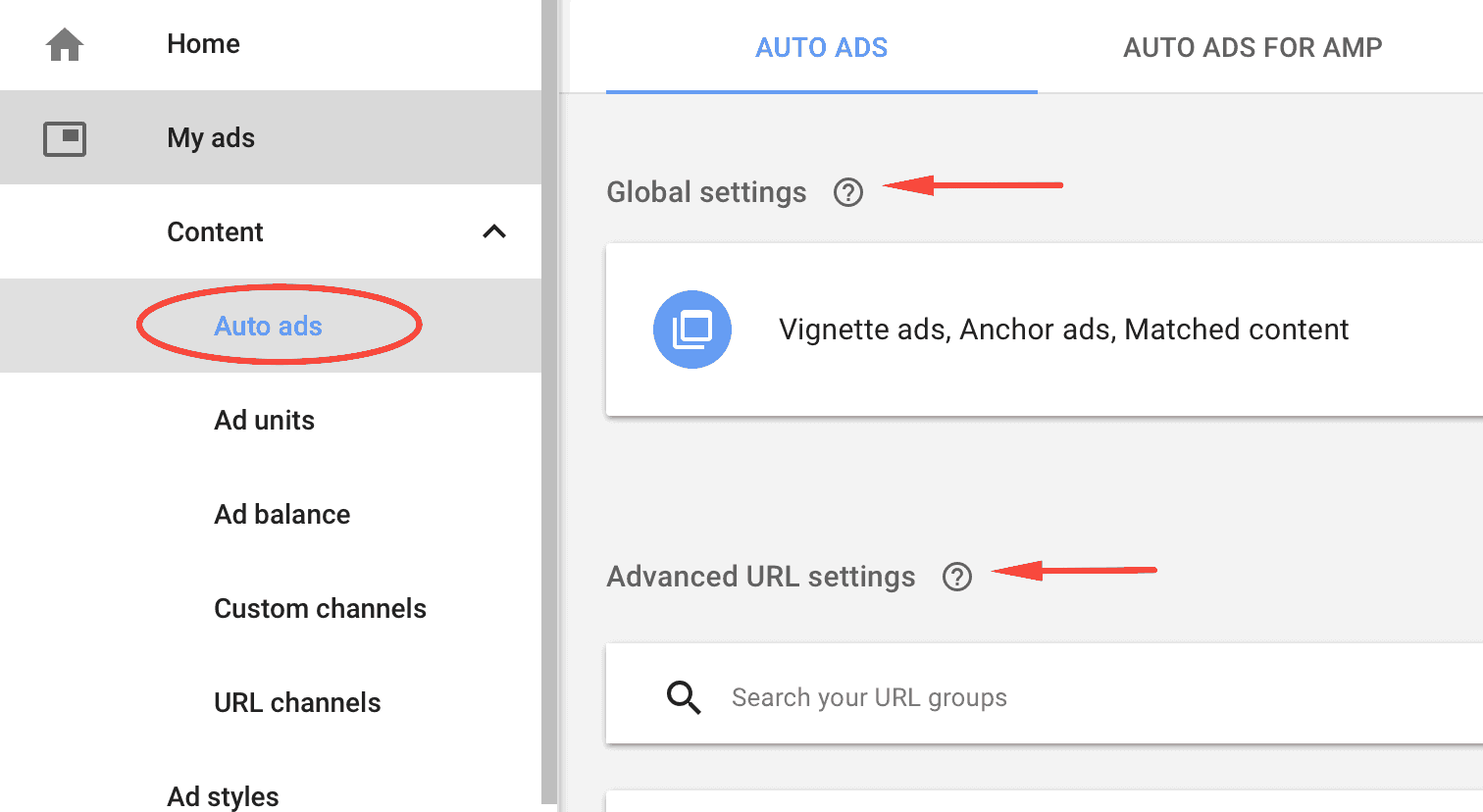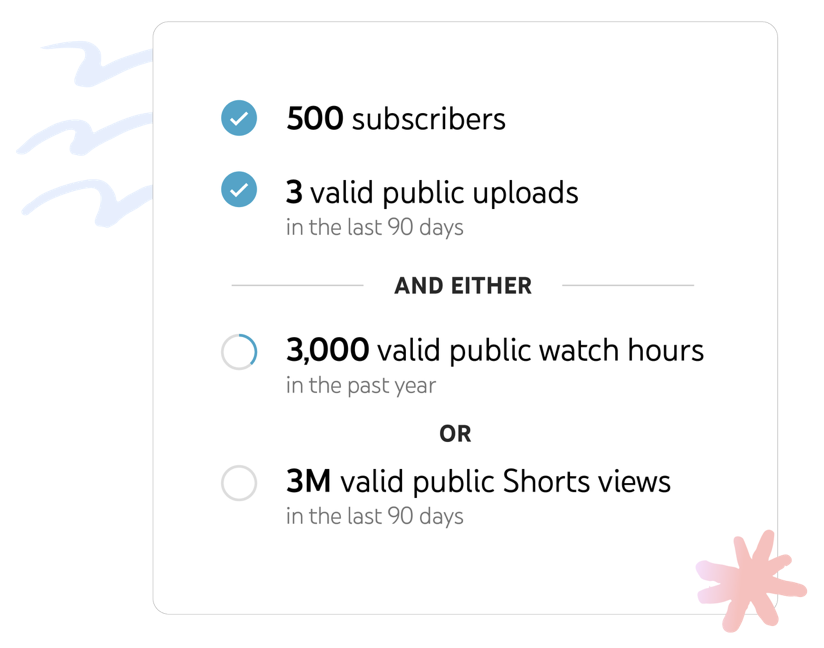
Ad Unit Optimization Mastery: Tips for Success

Unlocking Success: Ad Unit Optimization Tips
Monetizing your website through ad units requires strategic optimization. In this guide, we’ll explore effective tips to maximize your revenue through Ad Unit Optimization.
Understanding the Importance of Ad Unit Optimization
Ad Unit Optimization is crucial for maximizing revenue potential. It involves strategically placing and designing ad units on your website to enhance visibility, click-through rates, and overall ad performance. Understanding its significance sets the foundation for successful monetization.
Strategic Placement for Maximum Impact
Placing ad units strategically can significantly impact their effectiveness. Consider user behavior, focus on prime viewing areas, and experiment with placements to find the optimal balance between visibility and user experience. Well-placed ads enhance engagement and increase the likelihood of clicks.
Balancing Ad Density for User Experience
While optimizing for revenue is essential, maintaining a positive user experience is equally critical. Balancing ad density is key – too many ads can lead to a cluttered interface, negatively impacting user experience. Find the right balance to ensure ads enhance, not detract from, your content.
Utilizing Responsive Ad Designs
Given the diverse range of devices users use to access websites, ensuring your ad units are responsive is vital. Responsive designs adapt to various screen sizes, providing a seamless user experience across devices. Implementing responsive ad designs can lead to increased engagement and revenue.
A/B Testing for Continuous Improvement
A/B testing involves experimenting with different ad formats, placements, and designs to identify what resonates best with your audience. Regularly conduct A/B tests to refine your approach. Continuous improvement based on data-driven insights can result in enhanced ad performance and revenue.
Monitoring Ad Performance with Analytics
Leverage analytics tools to monitor the performance of your ad units. Track metrics such as click-through rates, impressions, and user demographics. Analytics insights provide valuable data to assess the effectiveness of your current strategy and make informed decisions for optimization.
Adapting to Platform Changes and Policies
Stay informed about changes in ad platforms and policies. Adapting to updates ensures compliance and prevents disruptions to your ad revenue stream. Regularly review and adjust your ad unit optimization strategy based on the evolving landscape.
Considering User Feedback and Experience
User feedback offers valuable insights into the impact of ad units on the overall website experience. Pay attention to user comments and sentiments regarding ads. Addressing concerns and adapting based on feedback fosters a positive relationship with your audience.
Exploring Ad Format Diversity
Different ad formats cater to varying user preferences. Experiment with a variety of ad formats, including display ads, native ads, and link units. Diversifying your ad formats not only enhances the visual appeal but also opens up new revenue opportunities.
Optimizing for Mobile Users
Given the increasing prevalence of mobile browsing, optimizing ad units for mobile users is non-negotiable. Ensure that your ad units are mobile-friendly, with responsive designs and strategic placements for optimal visibility and engagement.
For more detailed insights and Ad Unit Optimization Tips, visit www.twitterconcepts.com. Implementing these strategies will empower you to unlock the full potential of your website’s ad revenue and ensure sustainable monetization success.


